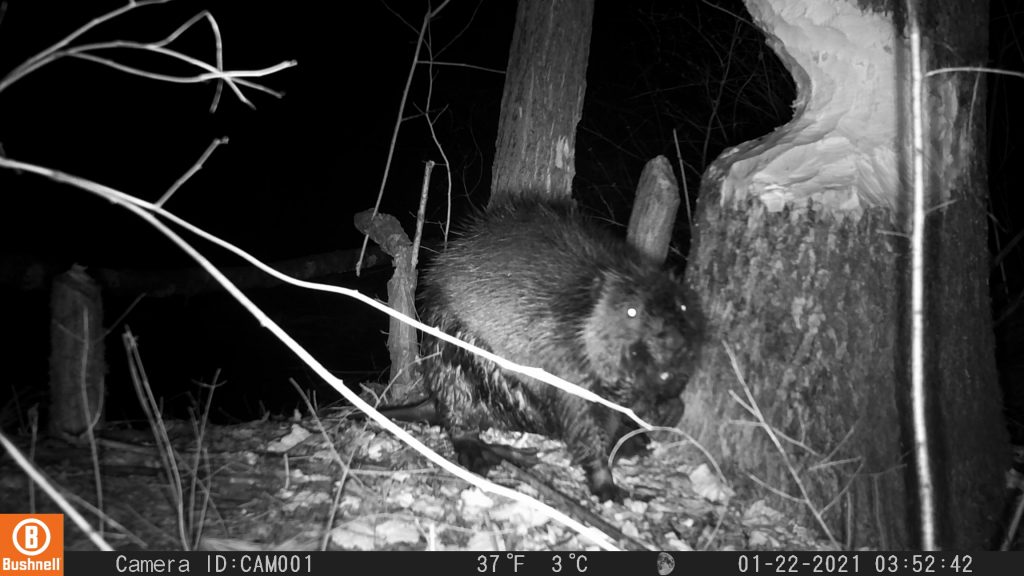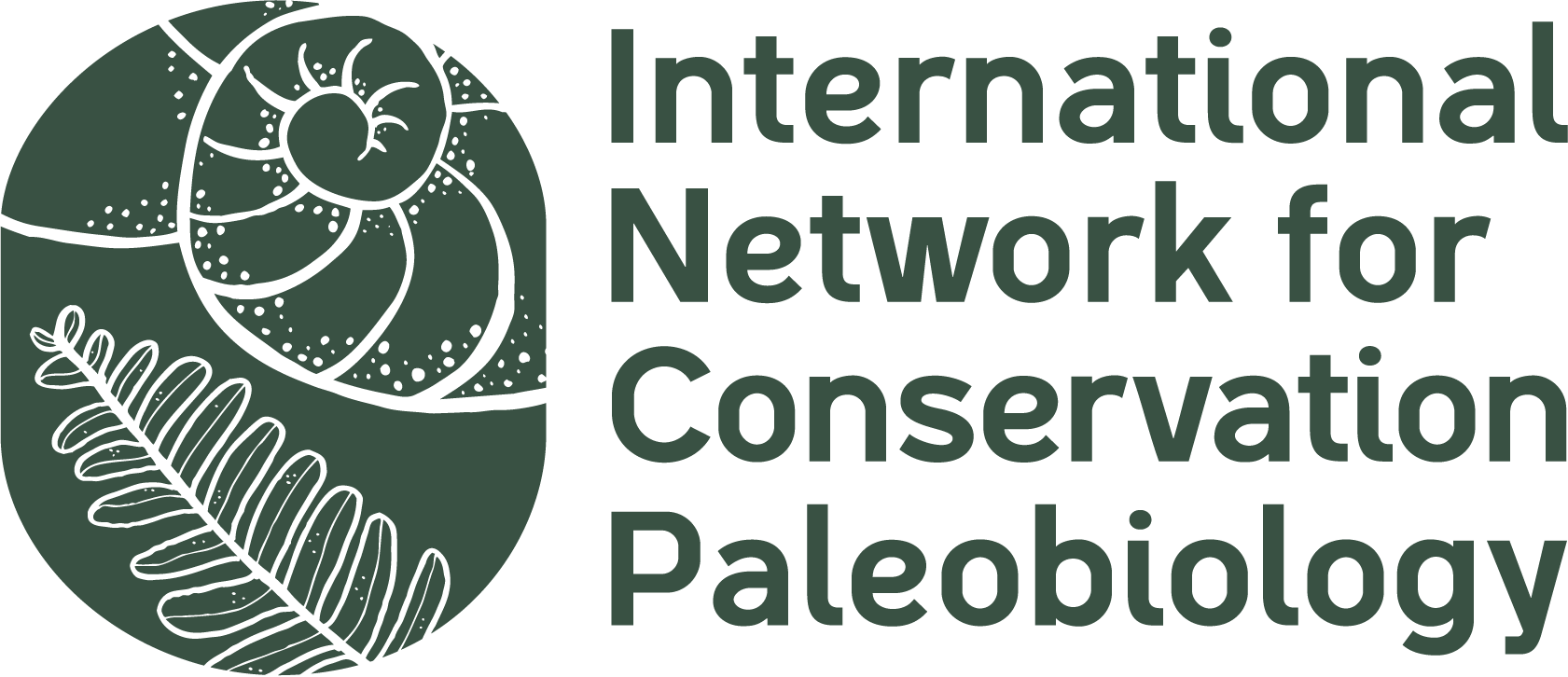Leveraging Lessons of the North American Fur Trade: Integrated Cultural and Biological Legacies

Image caption: Above, a North American beaver (Castor canadensis) recorded on a camera trap on the Middlebury College campus. This Working Group has used the archaeological and historical record to contextualize recovering beaver populations in Vermont, shifting dialogues towards coexistence through the installation of devices that prevent beavers from damming human structures rather than resorting to lethal removal methods. Photo by student Andrew Ng.
Principal investigators

Laboratories of Molecular Anthropology and Microbiome Research
University of Oklahoma

Department of Biology & Environmental Studies Middlebury College

Department of Anthropology
University of Maine

Department of Anthropology
National Museum of Natural History
Smithsonian Institution

Arthur Speiss
Maine Historic Preservation Commission
About CPN Working Groups: The Conservation Paleobiology Network (CPN) sponsors working groups focused on research questions that integrate conservation paleobiologists, academic partners, wildlife managers, and stakeholders to develop effective strategies for translating products of historical research into conservation and management actions. Each working group includes meetings to develop approaches to research or applications. Working groups should engage key interest groups (conservation paleobiologists, archaeologists, environmental historians, federal and state management officers, and stakeholders) and contribute to the broader mission of the CPN of establishing conservation paleobiology as both a basic and applied discipline. Outcomes may include publications or other products developed by working groups, tutorials and lectures contributed to the CPN webinars, and/or proposals to funding agencies to support further activities. The working group panel oversees solicitation, selection, development and assessment of working groups.

